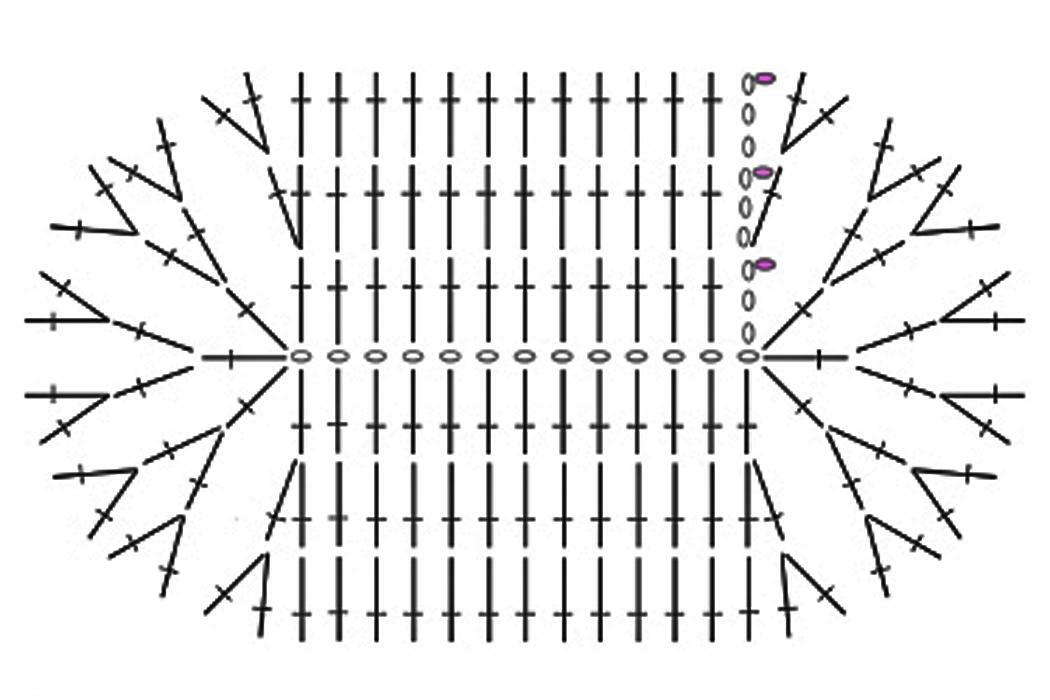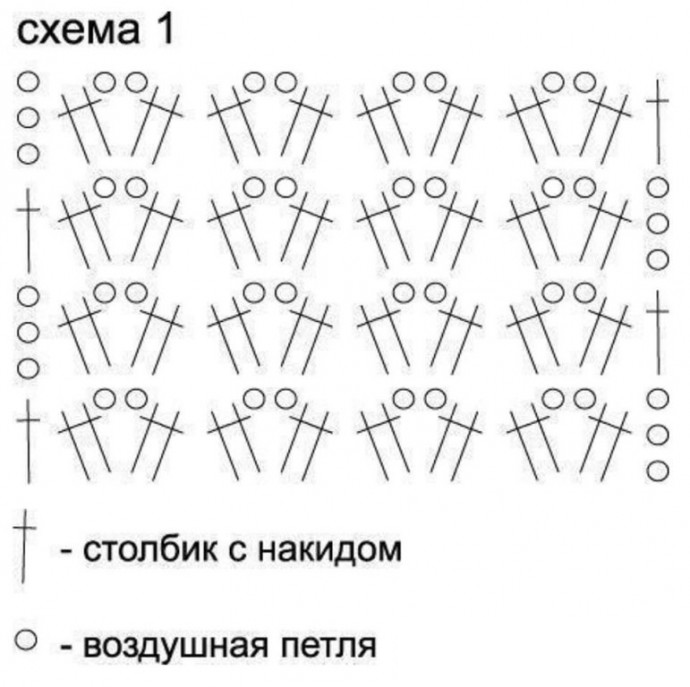 Booties have always been popular with mothers and babies. These are comfortable socks that will warm your baby's feet. But not all booties are made from thick yarn. There are also summer models made from thin thread. Next in the article are wonderful openwork booties for summer and a warm model. The baby won’t want to part with these socks for a long time, except perhaps to change the size to a larger one.
Booties have always been popular with mothers and babies. These are comfortable socks that will warm your baby's feet. But not all booties are made from thick yarn. There are also summer models made from thin thread. Next in the article are wonderful openwork booties for summer and a warm model. The baby won’t want to part with these socks for a long time, except perhaps to change the size to a larger one.
Selection of yarn and hook
For yarn you need to choose either warm threads when the model is planned to be warm. It could be pekhorka or something from the sock line with added wool. But the thinnest and very light summer models are good from cotton threads. Among which special preference for iris string.

The hook in work can be used from 0.75 (it is more often used for thin iris) and up to size 3. You should not use very thick threads for such patterns. Since the canvas will seem monolithic and the openwork pattern will simply be invisible.

Set of first crochet stitches
How to crochet openwork booties?
To crochet booties for newborns, you need to master several openwork patterns.But basically adhere to the principle of executing the model.

Measurements
This is originally sizing according to baby's feet. You should never knit something at random.
 There is not much to measure. This is the length, width at the baby’s foot and ankle size to create a neat and non-tight elastic band. Then there are the stages of creating a model.
There is not much to measure. This is the length, width at the baby’s foot and ankle size to create a neat and non-tight elastic band. Then there are the stages of creating a model.
Based on two models from different types of threads, you can make charming models using diagrams and a detailed description of the execution process.
Openwork booties for summer made of iris
Thin booties made from iris are suitable for summer. Your baby's feet will breathe well in them. Even on a hot summer day, doctors advise putting thin socks on your baby’s feet. In these he will not feel hot, and the air will flow well, his legs will not sweat and overheat, but on the contrary, he will be well hidden from direct sunlight.

Use at work:
- iris yarn;
- iris hook;
- ribbon for decoration width 0.5 cm.
Measurements
Measure the foot length and width of the leg. Next, measure your ankle circumference.
Sample
Use openwork pattern sides of the booties to do the counting. You just need to knit a small fabric and calculate the knitting density to it. This is the number of repeats and columns contained in 10 cm. Also calculate how many rows are contained in 10 cm. Then make a simple proportion with an unknown variable, where the unknown number is the measure in the loops.

Foot
Foot
First, you will need to make a foot according to the model. But since the number of rows for the width and the number of columns for the length are already known, then do it according to the scheme will be simpler. You will need to make a small correction for your size, and you can pick up a chain of air loops and create the first circles.

Side part, toe
Start knitting after the foot along its edge, and use the openwork pattern from the provided pattern for it. In this model, knit both the side and the toe at the same time. For the toe you just need to decrease the stitches. It will be easier to decrease with stitches from the pattern if you don’t skip loops, but knit two stitches and make one, but a common top for them. Decrease to the middle of the foot.
Rubber
After the toe and side, the elastic band of the product begins. For it, use the main openwork and a small border, also using a hook.
Border
For a beautiful border along the seam between the foot and the side also use border, as for the upper border of the elastic band.

Decoration
In order to decorate the model you can use beads. But since these booties are for a child who can already reach them with his tiny hands, it would be better to just make a ribbon for decoration. This will make them safer.
Warm booties made of wool yarn
Beautiful model made with very warm yarn. Since the thread used for the work was not very thick, the design is clearly visible. A very good solution for warm socks that can be made elegant.

For work use:
- yarn with added wool;
- hook according to the thickness of the threads;
- for decoration, a ribbon with a width of 0.5 cm.
Measurements
You will need to use only three sizes for the model. This is the length of a child’s foot, its width. Then measure the circumference of your ankle.
Sample
Knit a small square fabric, and apply only the pattern according to the pattern with openwork. Immediately measure the density of the knitting, and then it will be easier to estimate how many loops will be required for each size of the fabric for the booties.

Foot
Foot
Knit the foot according to the pattern with single crochets.If necessary, add a chain of air loops to make the sole longer. For width you will just need to add circles of double crochets.

Side and toe
Perform the toe immediately with the side. But for the toe, knit one shell from the openwork pattern in straight and reverse rows. For the sides, use a fabric made of columns, as in the diagram with the foot, but without adding or decreasing loops. After knitting the shell along the toe, knit the elastic along its far edge.
Rubber
To tighten the model well along the elastic without unnecessary shortening of the loops and posts, you just need to use the elastic with a crochet hook from the ankle itself. Knit about 6 rows. Then use the top tall shell. The diagram is attached to it in the work.
 Flowers
Flowers
The master used a flower to decorate this model. Sew two motifs along the same toe line. In the center, such flowers can be decorated with beads or bows, but this depends on the age of the child and the preferences of the parents.

Additionally insert a ribbon and tie a bow.
These are the two jobs you can do for a child. A beautiful openwork pattern is ready to decorate not only a dress. He also performs well in booties.


 0
0





